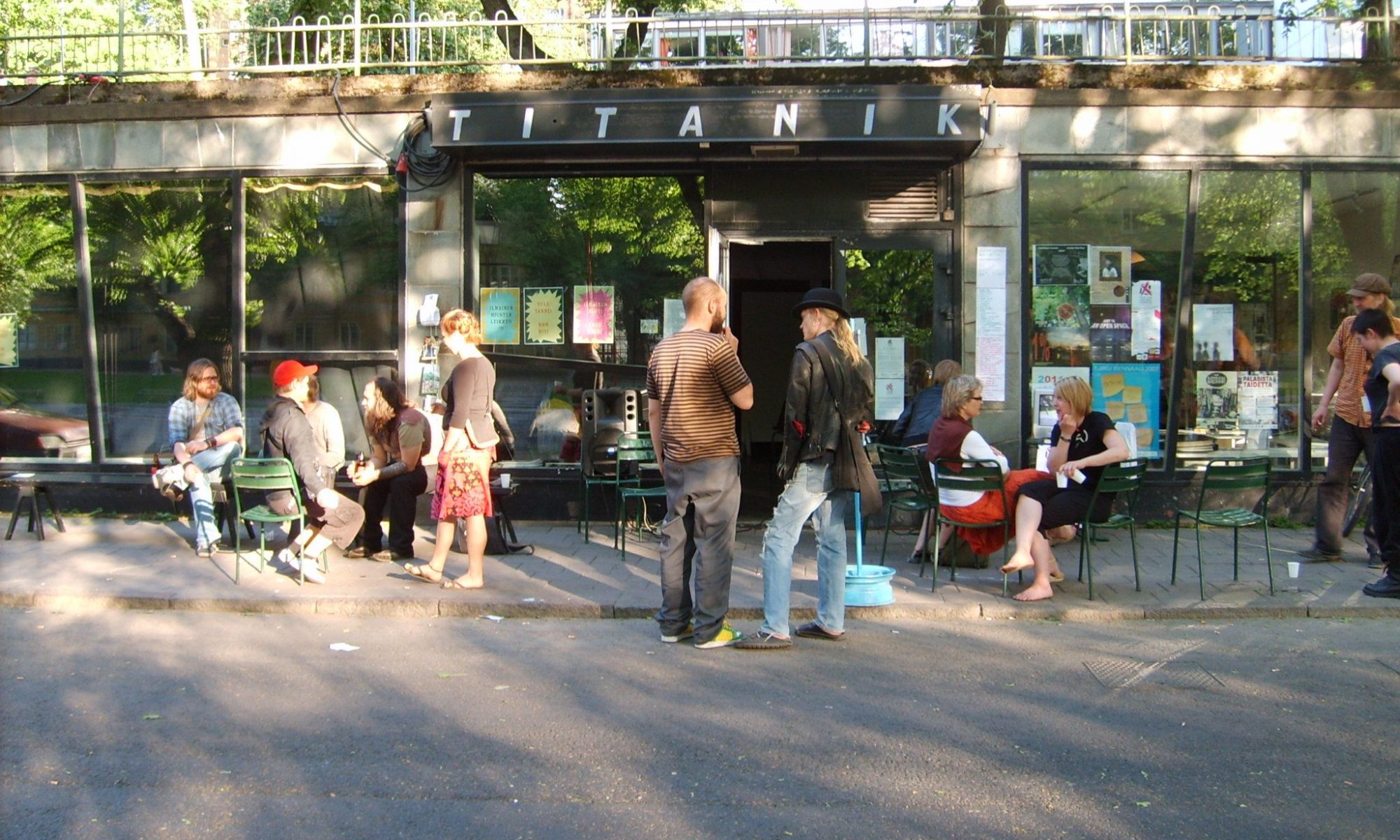Mikko accidentally recommended a really interesting lecture about plastics and petrocapitalism by Heather Davis The Queer Futurity of Plastic (2014).
20160921
“…criticisms are simply outdated methods of managing risk”. Writes Stefan Heidenreich. The two part text (1&2) on e-flux offers a critical introduction to post-internet art and an insightful analysis on how Speculative Realisms is linked to contemporary art markets. The text also looks at how the role of museums has changed: In the past they served like central banks which grounded and stabilized the value artworks. Today freeports serve as deposits for art investments. The value is more stable when no-one sees it!
“Freeportism as Style and Ideology: Post-Internet and Speculative Realism” offers a great point of departure for analysing the upcoming Kiasma Ars17 events.
20160920
Bumped into an old video “Love Story for Post-Apocalypse” from 2010, which I made as a part of a theatre video-design project for Antti Manninen. I should make a sci-fi movie!
Currently writing a review of the “Fleshlight™ Freaks! The Alien” sextoy for the Esitys mag. I got it for a decent discount when I was interviewing Eero Meronen of the Yellow Rose sexshop.
I’ll have to remember to send an SMS to Pietari about joining Circus Maximus Association.
Wonder if bright mobile phone screens could be used for the to alleviate seasonal affective disorder.
20160918
If you want to change the world with art, the first step is to change the art you make. #ॐ
20160917
An inspirational and revealing article about sexbots, how they serve as propaganda for patriarchal power norms and what kind of labor relations they advocate. “Botline bling” by Angel Archer. She also has a other leftist/sex analytical texts online.
“The Turkish artist Tayfun Serttas has even argued that there is no cultural heritage, only political heritage created by regimes whose goal is to consolidate and perpetuate their own power.”. An article on “Experimental Preservation” by Jorge Otero-Pailos & Lars Müller explains that without objects there is no field of cultural production. It also reveals a connection between Christian ethics and western conservation guidelines. “Transitional objects” are explained well towards the end and Pierre Bourdieu brought to play: “Bourdieu showed how theaters and museums help their patrons assert class differences and exert power in the larger social field”.

